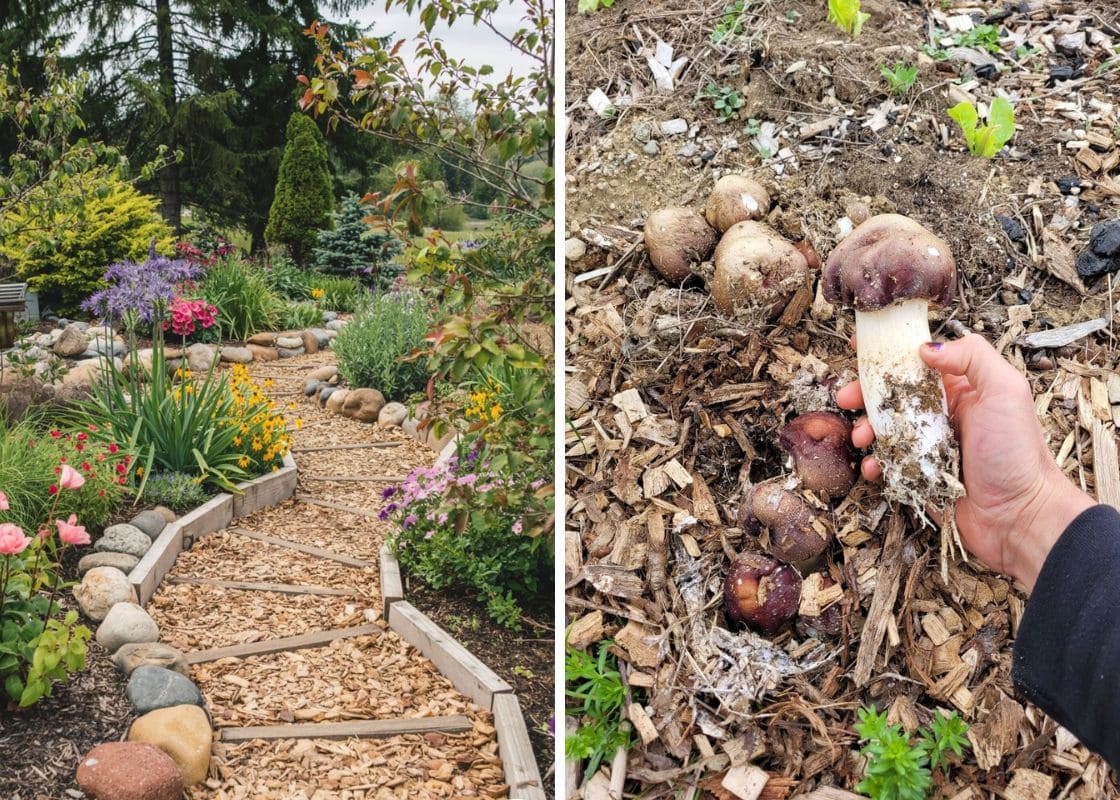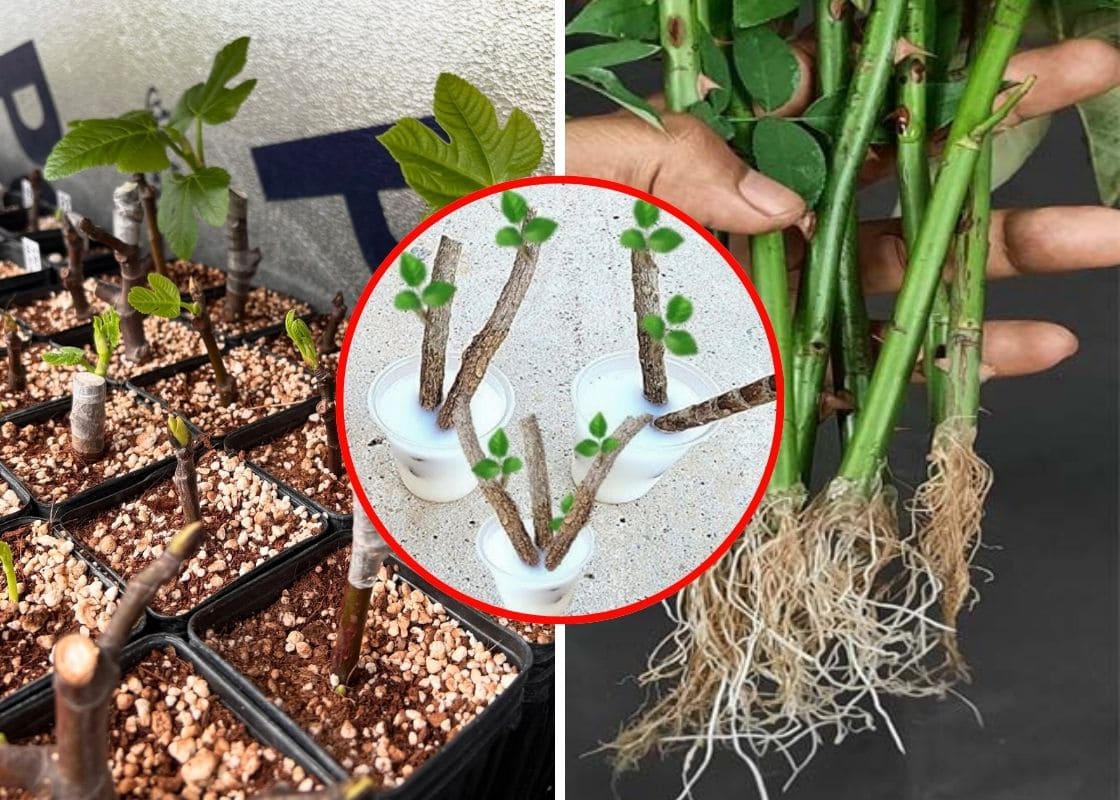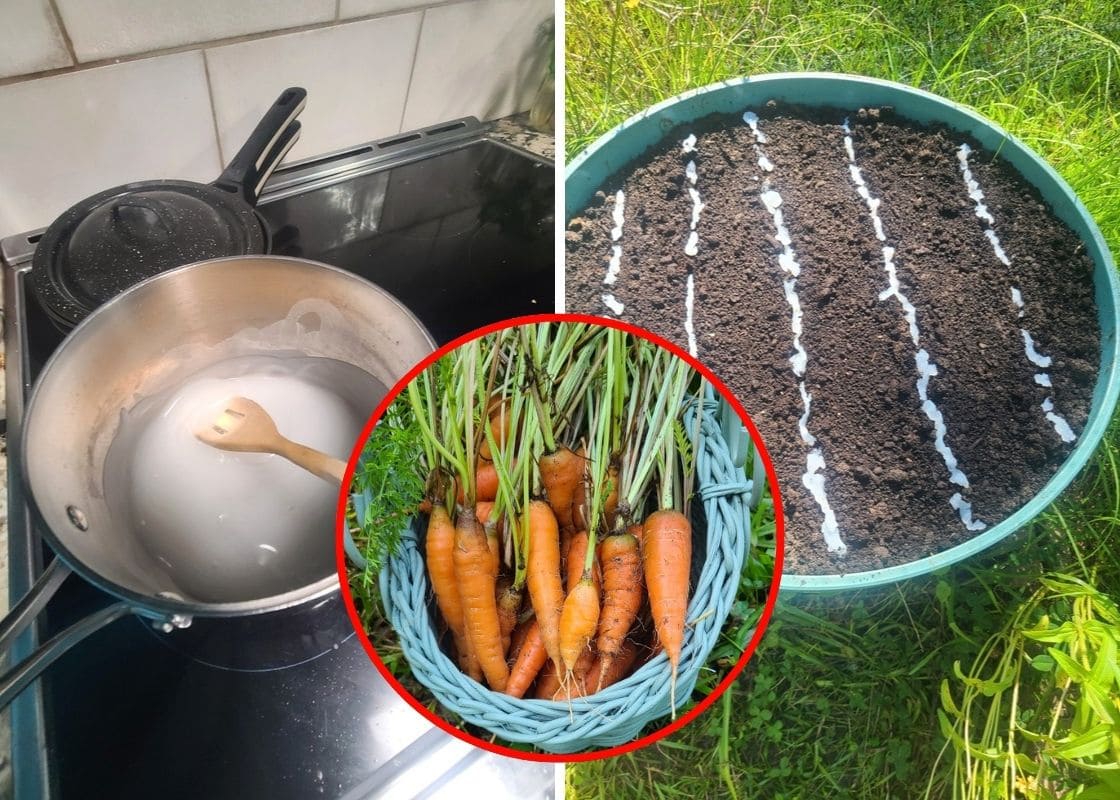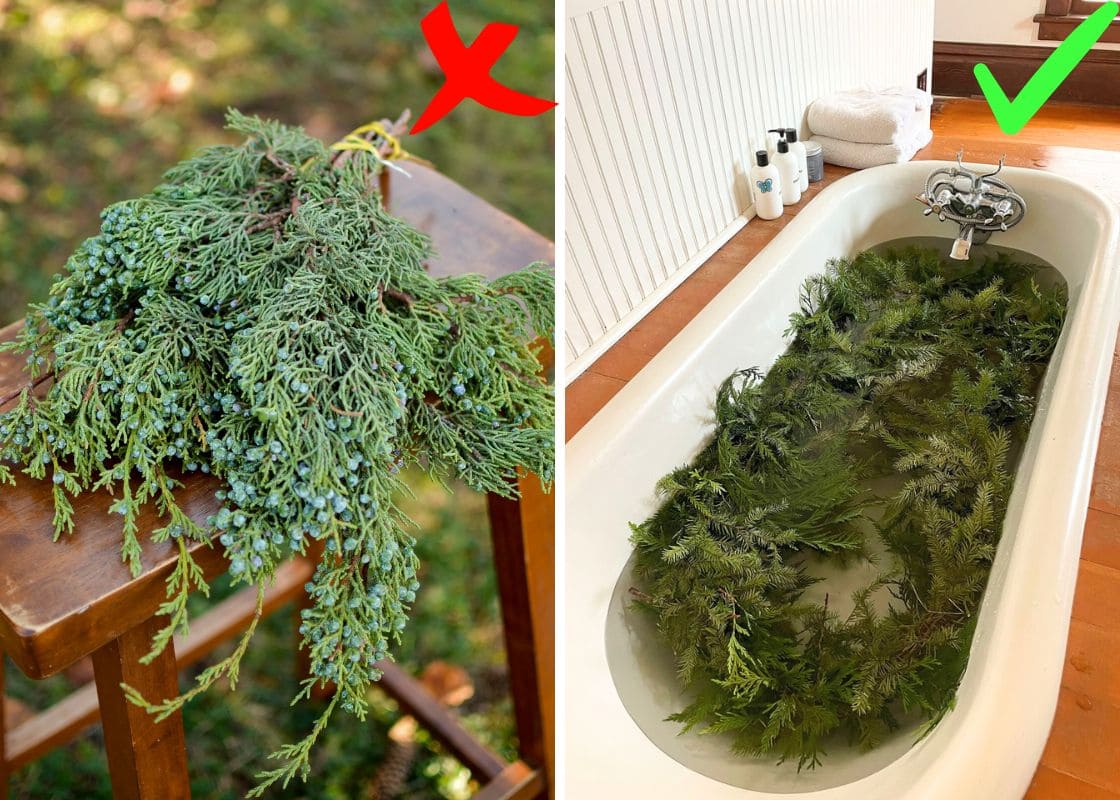Create a lush and verdant garden from a limited space that will satisfy you. It might not be easy at first, but there are possible ways to deal with it.
As a person who enjoys turning small plots of land into lush retreats, I’ve learned a few tricks to make the most of every inch.
Whether you have a small backyard, a balcony, or a windowsill, these ideas can make you feel like you have a large, lush, productive garden.
#1. Vertical Garden
Vertical gardening offers a practical solution to maximize space in small gardens by using vertical surfaces such as walls, trellises, and hanging planters. Then, you can save valuable ground space and create visually appealing displays.
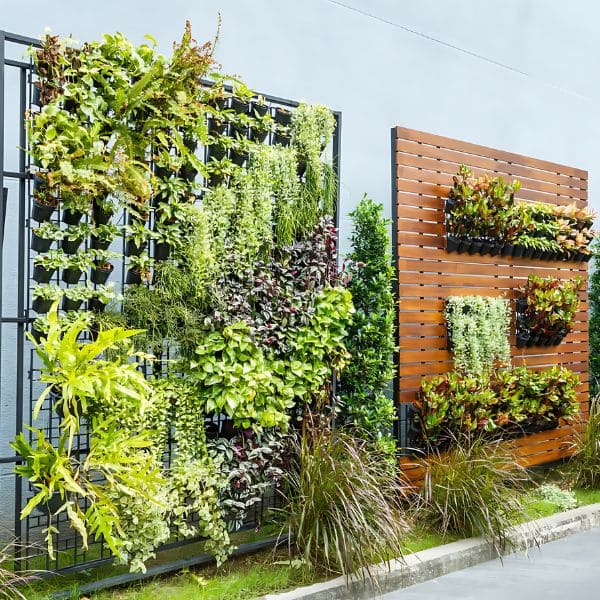
Trellising climbing vegetables and flowers allows you to grow many crops without encroaching on limited ground space.
Wall-mounted planters help grow herbs, succulents, and ferns, adding greenery to walls while saving precious ground area.
Hanging baskets are another efficient way to utilize overhead space, allowing you to grow trailing plants like tomatoes, strawberries, and flowering species that cascade elegantly from the baskets.
#2. Container Garden
Vertical gardening using containers offers a practical solution to expand space in small gardens.
Containers are versatile and can be moved throughout the day to access sunlight, allowing plants to thrive in various light conditions.
Additionally, arranging containers at different heights adds depth and visual interest to the garden, creating an aesthetically pleasing display.
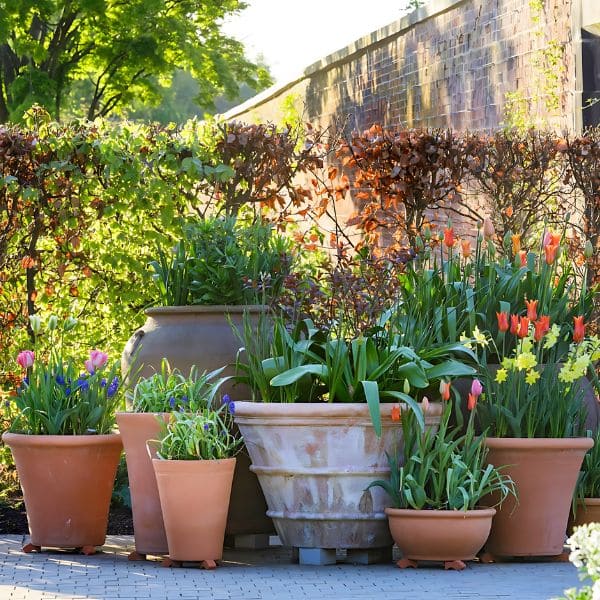
By selecting appropriately sized pots with proper drainage, you can accommodate a lot of plants, from small herbs to larger vegetables.
Using a high-quality potting mix ensures optimal water retention and nutrient availability, supporting the health and growth of plants in containers.
#3. Space-saving Varieties
Utilizing space-saving varieties in small gardens allows you to maximize your garden’s potential while conserving space.
These compact plants are bred to thrive in confined spaces, making them ideal for small gardens where every inch counts.
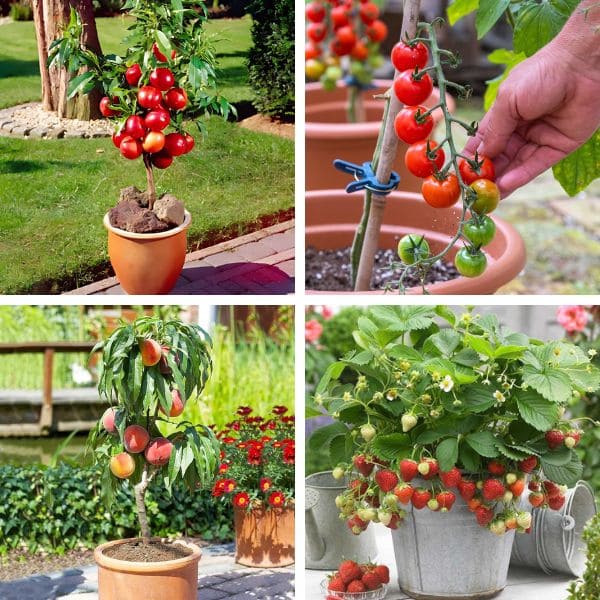
Dwarf fruit trees, such as apples, cherries, and peaches, can be grown in large pots or small garden beds, providing full-sized fruit on compact plants, perfect for urban or limited-space gardens.
Additionally, selecting bush varieties of peas, beans, and summer squash helps you enjoy the high yields of these crops without the sprawling vines typically associated with traditional varieties.
#4. Companion Plants
Growing companion plants helps improve overall garden health. Also, you can optimize space usage and increase yields from the same plot.
This method fosters biodiversity and minimizes the need for chemical pesticides, creating a more sustainable and eco-friendly garden environment.
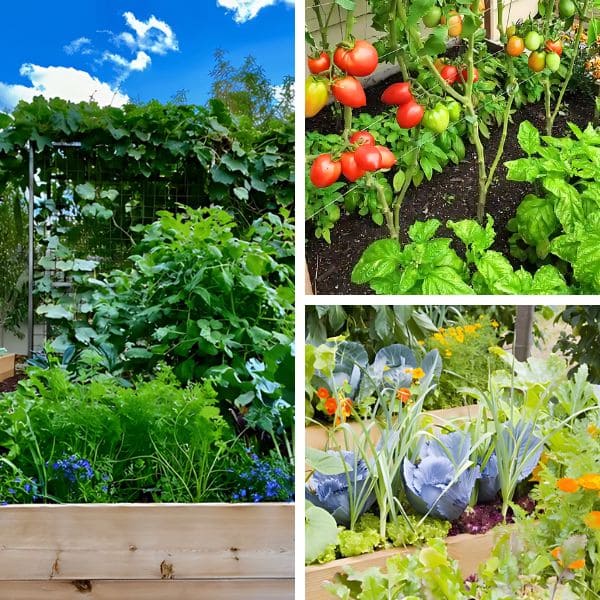
For example, planting tomatoes alongside basil not only repels pests but also enhances the flavor of the tomatoes, creating a symbiotic relationship that benefits both plants.
Similarly, pairing carrots with onions can deter carrot flies, thanks to the pungent smell of onions, thereby protecting your carrot crops and ensuring a successful harvest.
#5. Succession Plant and Interplant
You will harvest continuously if you apply succession planting and interplanting. Promptly replanting after each harvest, you can fully the available garden, maximizing space output and yield.
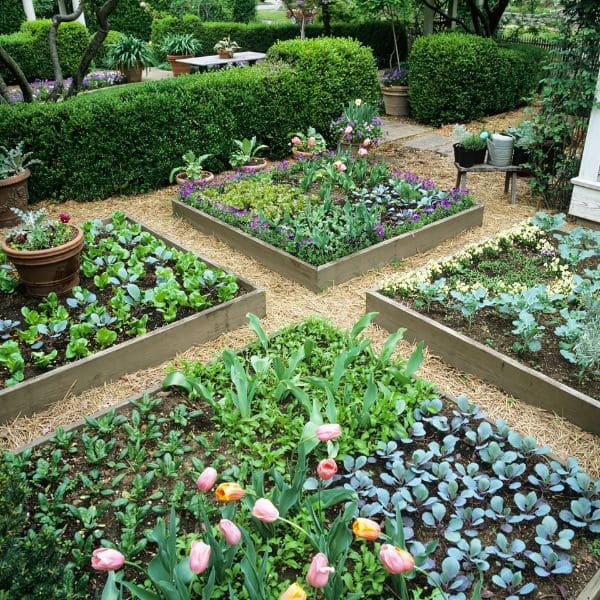
Succession Planting allows for a seamless transition between different crops, ensuring that no space remains unused during the growing season.
For instance, after harvesting early-season lettuce, you can promptly plant mid- to late-summer crops like beans, ensuring a continuous supply of fresh produce.
Interplanting involves planting fast-growing crops alongside slow-growing ones.
For example, you can plant radishes among rows of broccoli. The radishes mature quickly and can be harvested before the broccoli needs additional space to grow.
#6. Intelligent Watering Methods
Intelligent watering methods are essential for conserving water and promoting plant health. So, you ensure that plants receive the moisture they need while minimizing water wastage.
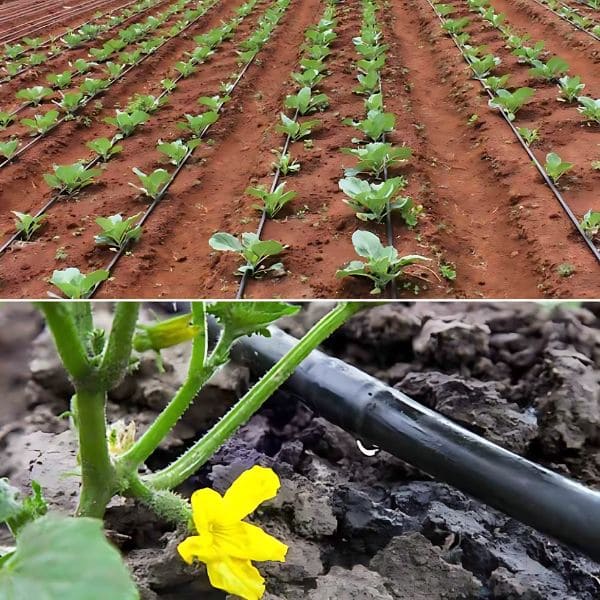
Drip irrigation is a highly effective method that delivers water directly to the base of plants, reducing evaporation and runoff. This targeted approach ensures that plants receive adequate moisture while conserving water.
Mulching is another beneficial practice that retains soil moisture by covering the soil around plants with organic mulch. This reduces water loss through evaporation and suppresses weeds.
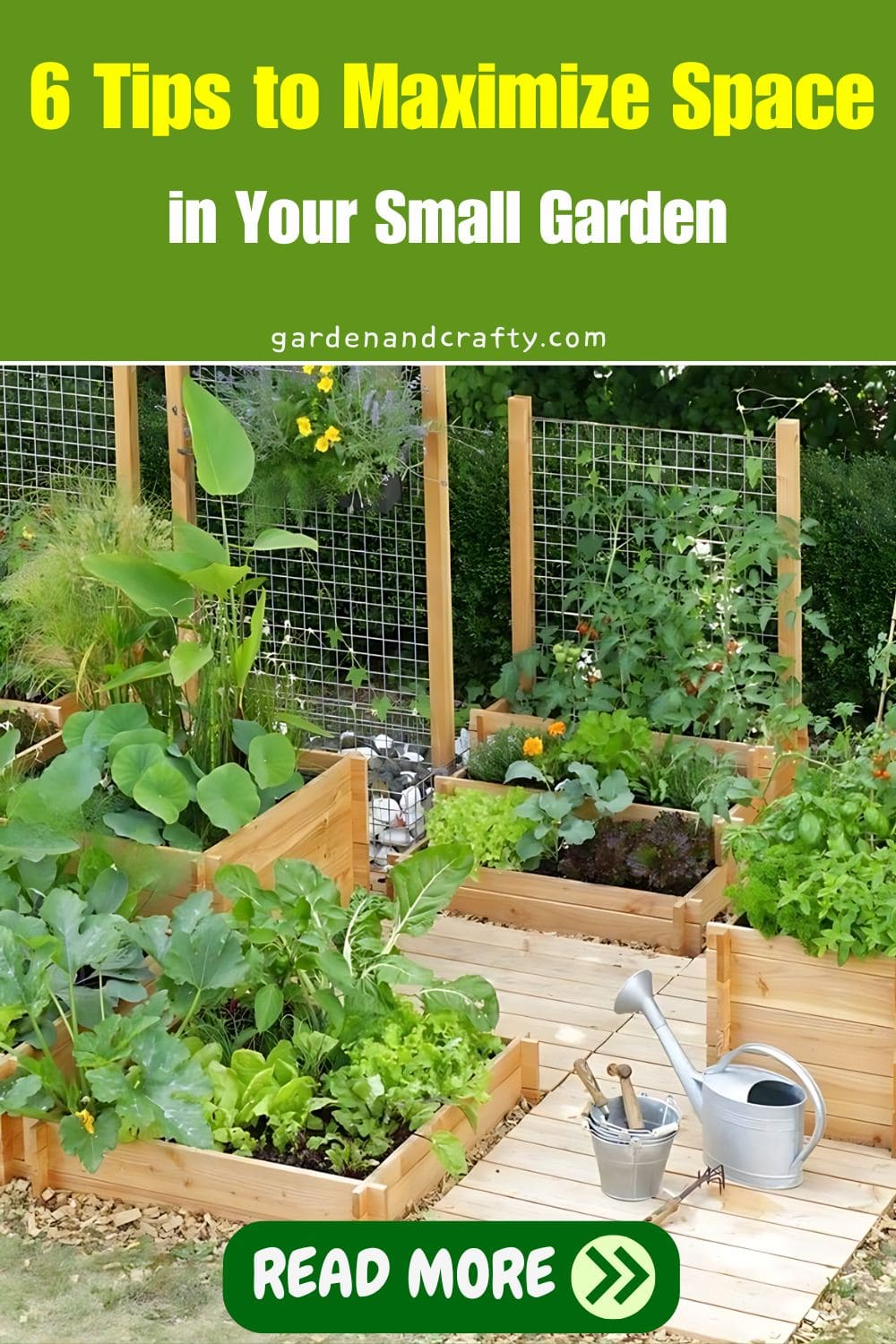
Maximizing space in a small garden requires creativity and strategic planning, yet the rewards are substantial.
By incorporating the above techniques, you can transform your outdoor space into a tranquil oasis. Start enhancing your small garden today for a more enjoyable outdoor experience.


